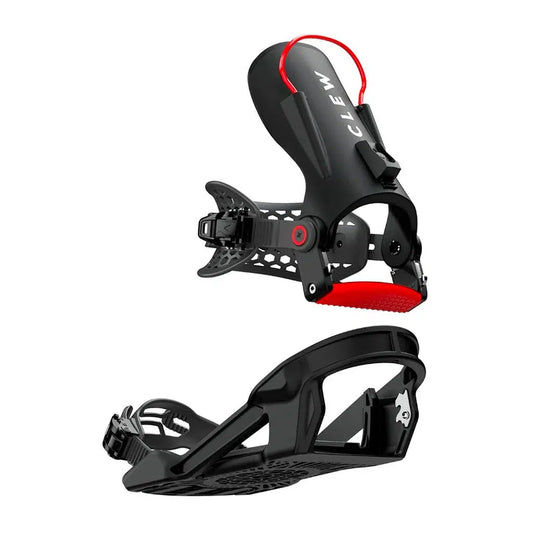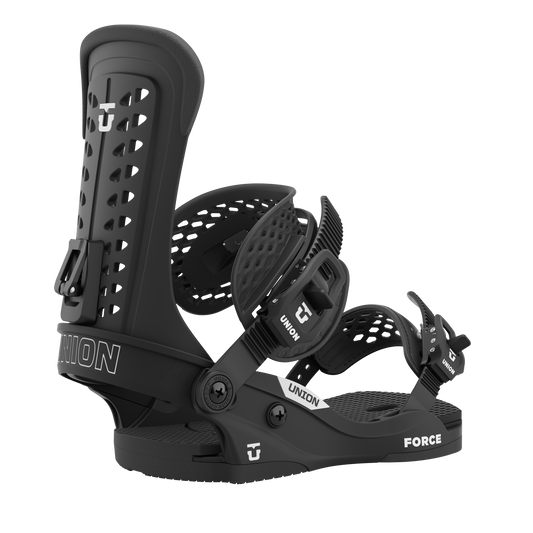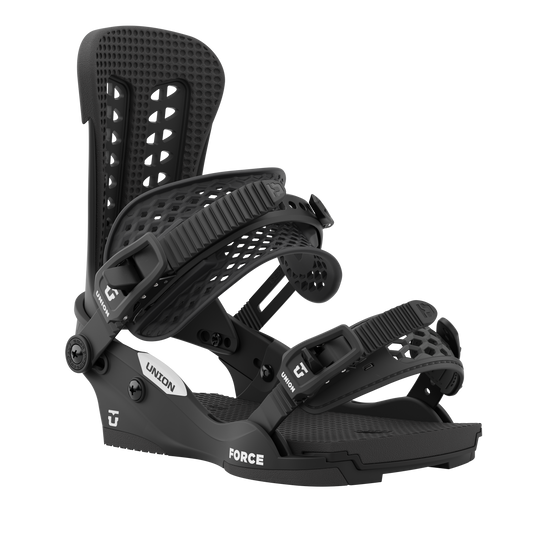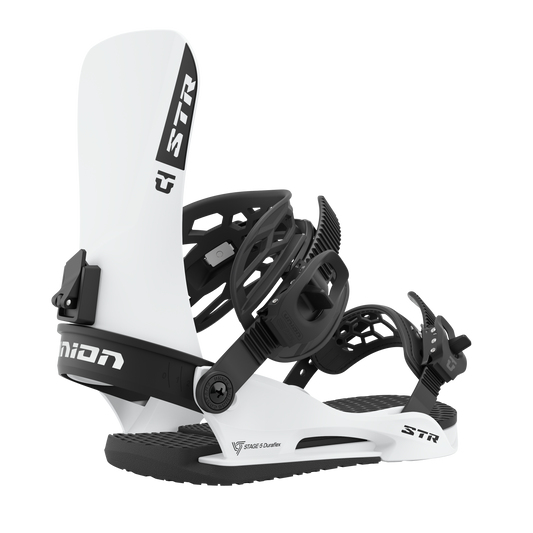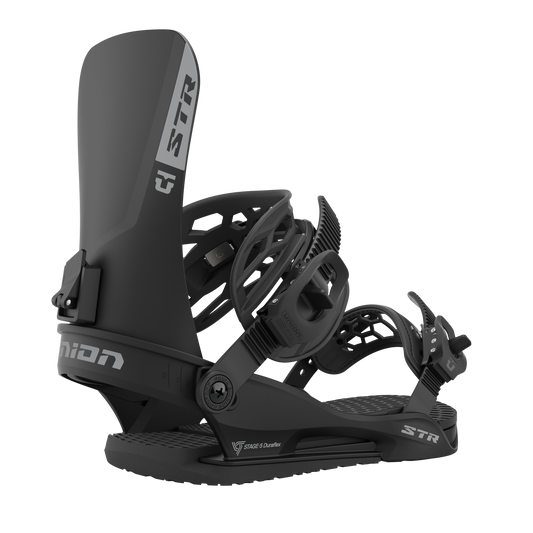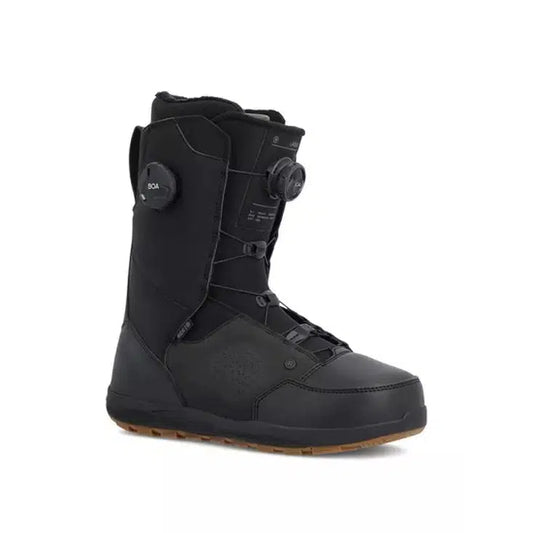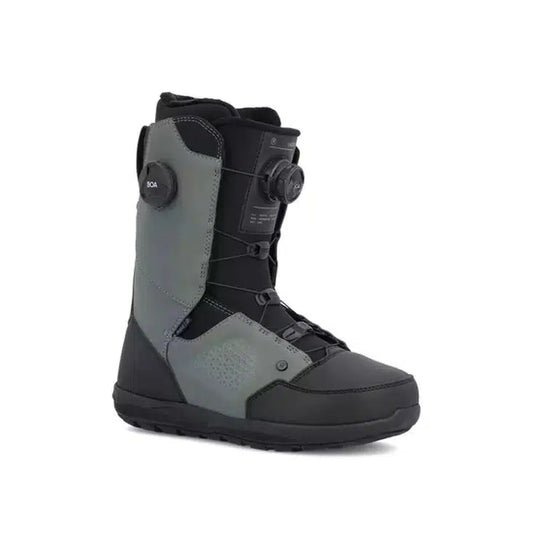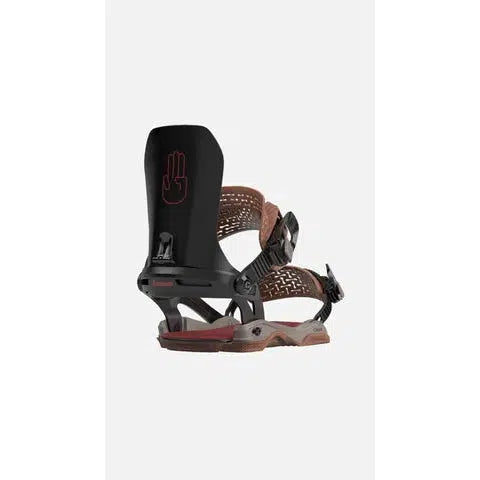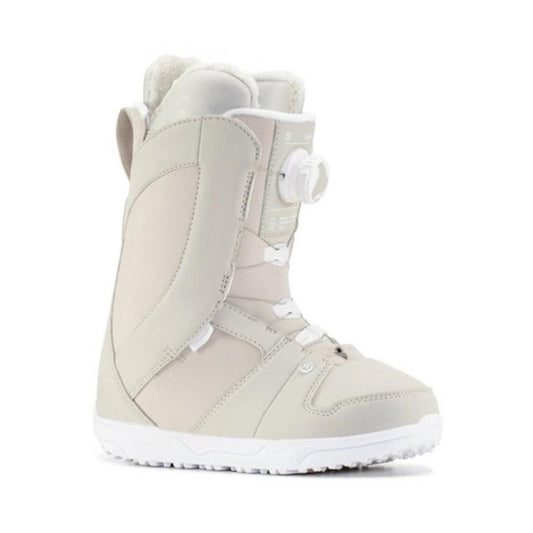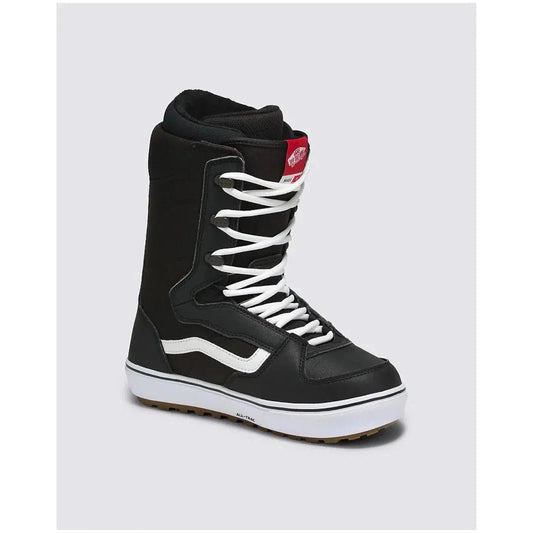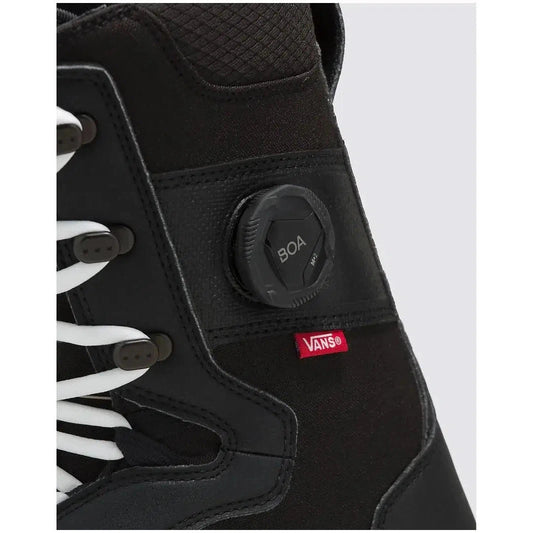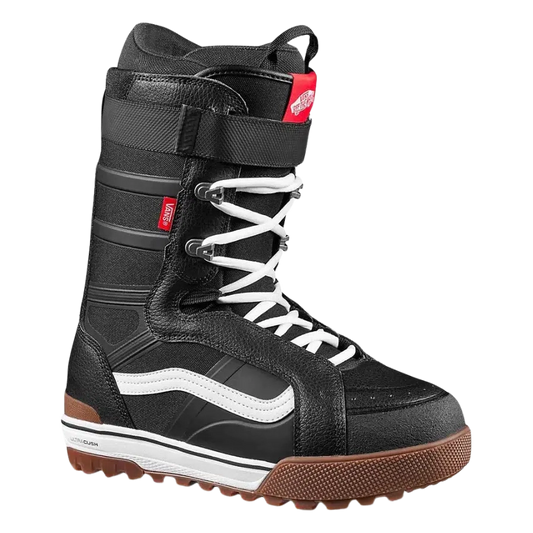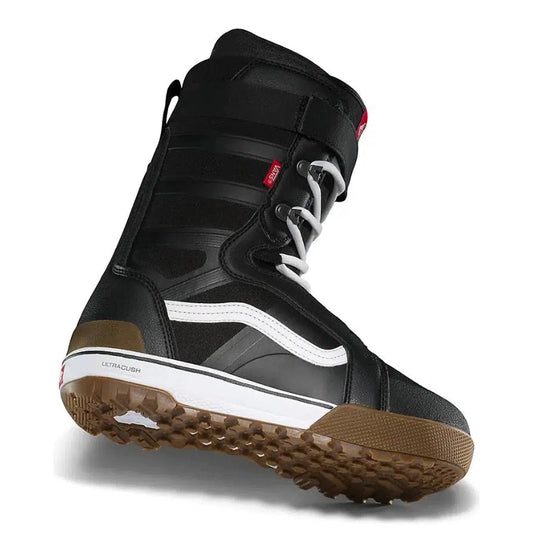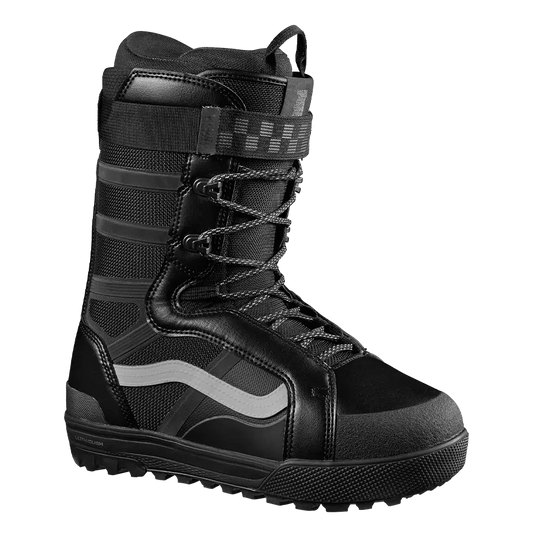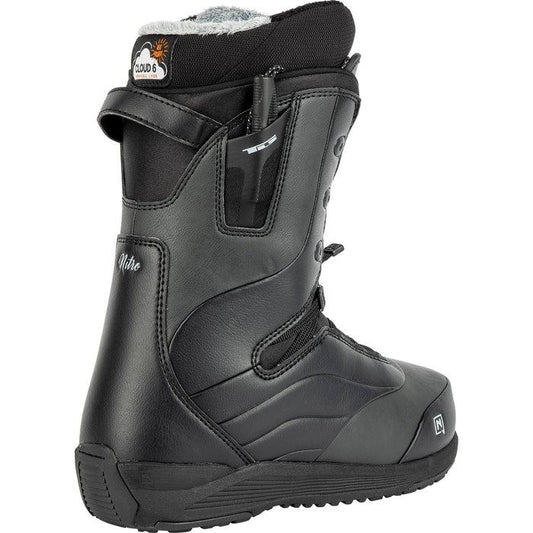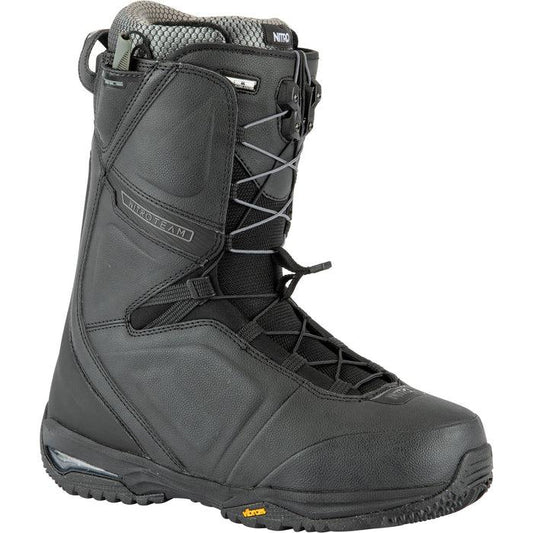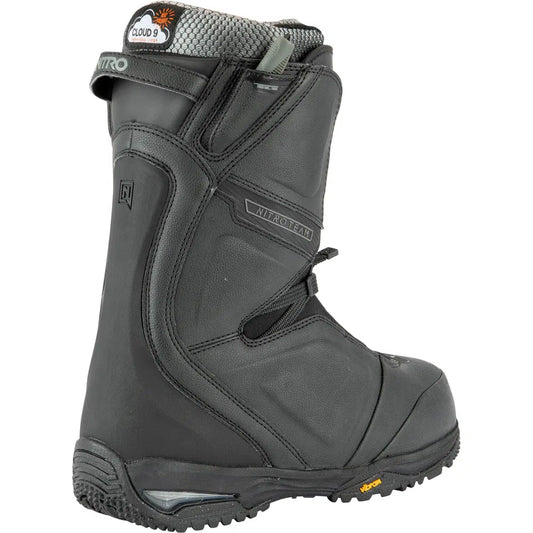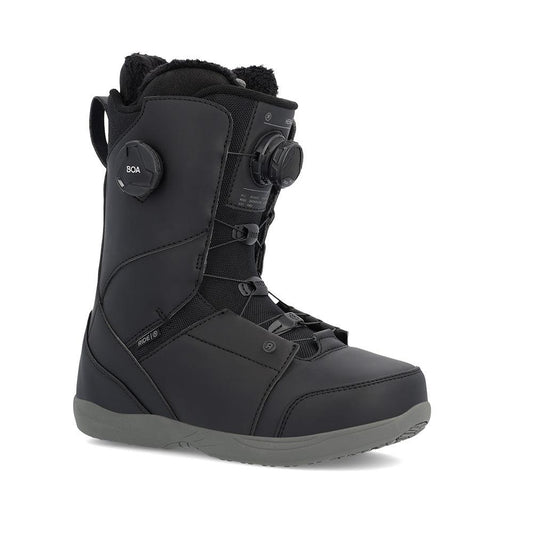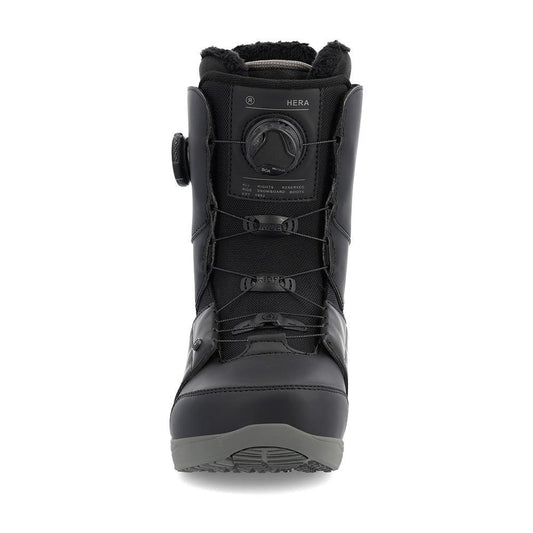
Collection: Snowboard Boots & Bindings
-
2025 CLEW® Freedom 1.0 Snowboard Bindings
Regular price $729.99 AUDRegular priceUnit price / per -
2024 Vans Hi-Standard OG Snowboard Boots
Regular price $343.20 AUDRegular priceUnit price / per$429.99 AUDSale price $343.20 AUDSale -
2024 Union Force Classic Snowboard Bindings
Regular price $529.99 AUDRegular priceUnit price / per -
2023 Union STR Snowboard Bindings
Regular price $419.99 AUDRegular priceUnit price / per$0.00 AUDSale price $419.99 AUD -
2023 Ride Lasso Snowboard Boot
Regular price $569.99 AUDRegular priceUnit price / per -
2025 Bataleon Chaos AsymWrap Snowboard Bindings
Regular price $449.00 AUDRegular priceUnit price / per -
2023 Ride Sage Womens Snowboard Boots
Regular price $399.99 AUDRegular priceUnit price / per$0.00 AUDSale price $399.99 AUD -
2024 Vans Invado OG Snowboard Boots
Regular price $383.99 AUDRegular priceUnit price / per$479.99 AUDSale price $383.99 AUDSale -
2024 Vans Hi-Standard Pro Snowboard Boots
Regular price $519.96 AUDRegular priceUnit price / per$649.95 AUDSale price $519.96 AUDSale -
2024 Salomon Launch Lace SJ BOA Snowboard Boots
Regular price $449.99 AUDRegular priceUnit price / per -
2023 Vans Hi-Standard Pro Snowboard Boot - Cole Navin
Regular price $439.96 AUDRegular priceUnit price / per$549.95 AUDSale price $439.96 AUDSold out -
2024 Nitro Crown TLS Womens Snowboard Boots
Regular price $499.00 AUDRegular priceUnit price / per -
2023 Nitro Team TLS Snowboard Boots
Regular price $569.00 AUDRegular priceUnit price / per -
2025 Bataleon Fly Snowboard Bindings
Regular price $389.00 AUDRegular priceUnit price / per -
2023 Ride Hera Womens Snowboard Boots
Regular price $549.99 AUDRegular priceUnit price / per$0.00 AUDSale price $549.99 AUD -
2023 Vans Hi-Standard OG Womens Snowboard Boots
Regular price $303.96 AUDRegular priceUnit price / per$379.95 AUDSale price $303.96 AUDSale


